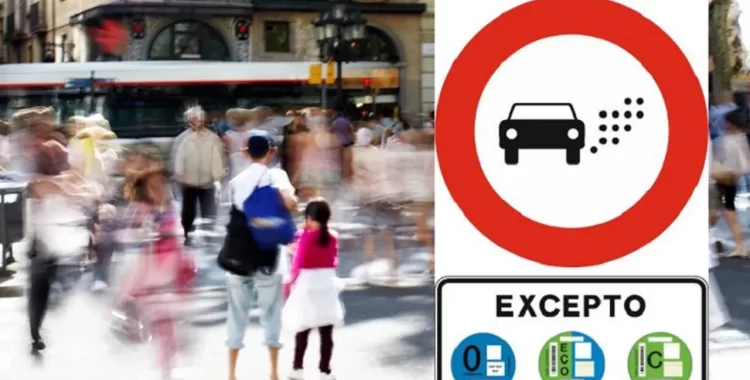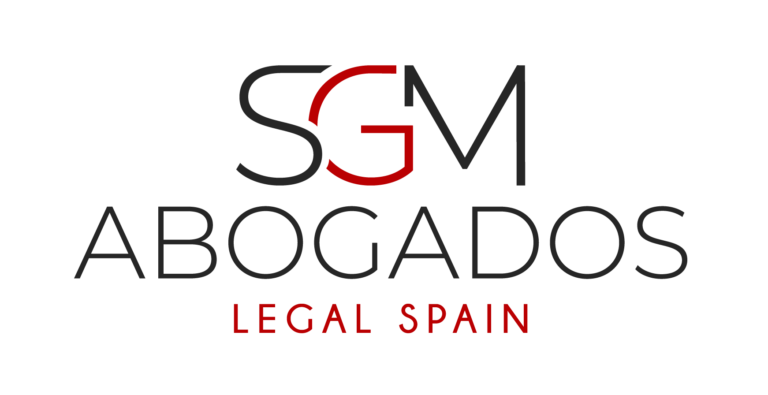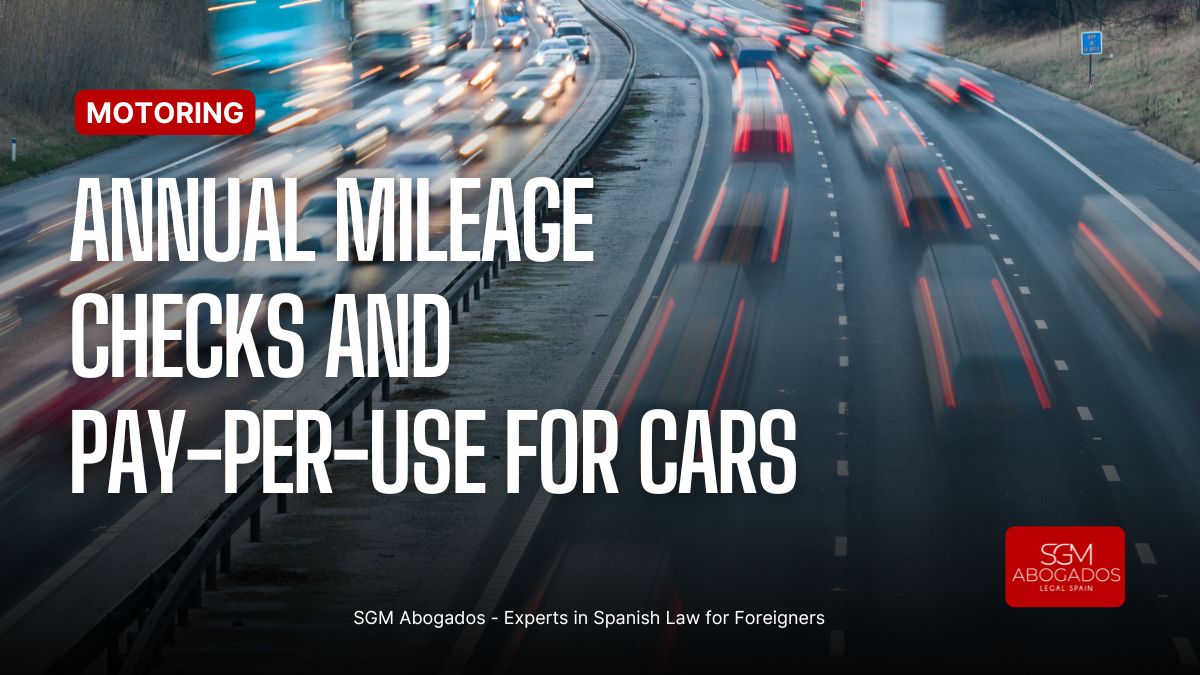Low Emission Traffic Zones YOU need to know !
Will YOUR car be eligible to enter your favorite cities?
By the end of 2023 all cities with more than 50,000 inhabitants are required to have an anti-pollution plan, a new Law regarding Climate Change and in which the stickers or labels of the DGT will be essential.
The environmental label of the DGT is key when it comes to establishing the restrictions that each one faces. In Madrid for example, cars without a label have been expelled from the historic center of the capital and in Barcelona they face significant restrictions on movement. But, even those cars that have stickers B and C have to take into account some limitations.
ZBE .. Zona Bajas Emisiones or Low Emission Zones
A low emission zone (ZBE) is a geographically defined area that aims to dissuade or restrict the access of certain polluting vehicles (cars, trucks, motorcycles).
In order to reduce air pollution, in some cases they only allow access to zero-emission vehicles (as is the case with pure electric vehicles) or low-emission vehicles (as is the case with normal or plug-in hybrids).
The main tool for managing these Low Emission Zones is the classification of vehicles in different categories (with their corresponding associated environmental label), taking into account their NOx and PM2.5 emissions.
Those classified as polluting will be restricted from entering the ZBE while those classified as non-polluting (that is, those who have one of the 4 DGT environmental labels) may do so according to the regulations.
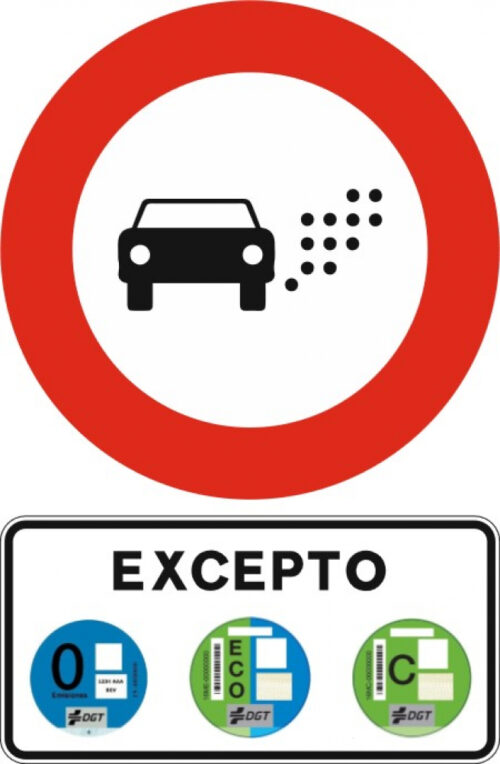
Low emission zones are also known as urban protected atmosphere zones and serve as a tool to stop pollution in populations and global warming. In 2019 a report was created with the following terms:
The tool to prevent pollution and global warming studied the actions taken by five European cities under the umbrella of the Low Emission Zone (LEZ).
From there, analyze the most effective measures, suggest improvements to existing measures and provide valuable information to municipalities that wish to implement such measures.
What are Low Emission Zones?
Low emission zones are areas where certain vehicles are restricted by their emissions, that is, they are measures aimed at improving air quality.
They are restricted to large areas within the city, or even the entire city, and allow the entry of vehicles that meet the best emission standards.
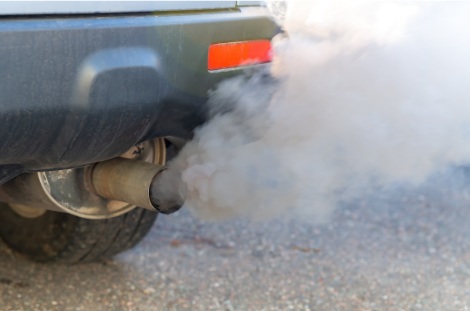
Low Emission Zone Exceptions
The ZBE sign will be the warning when you enter a low emission zone and it will be the same signal for all the towns in Spain. This signal is intended to unify and facilitate the signaling of the ZBE.
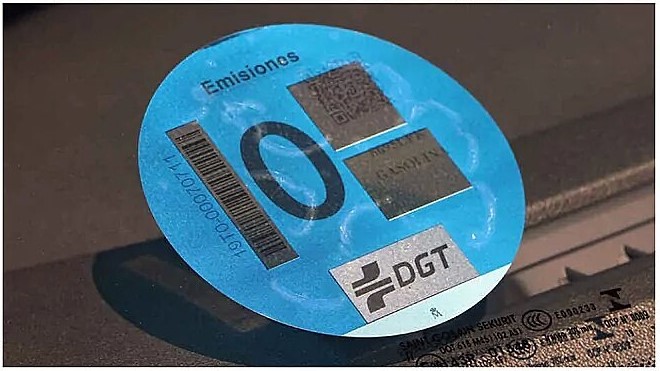
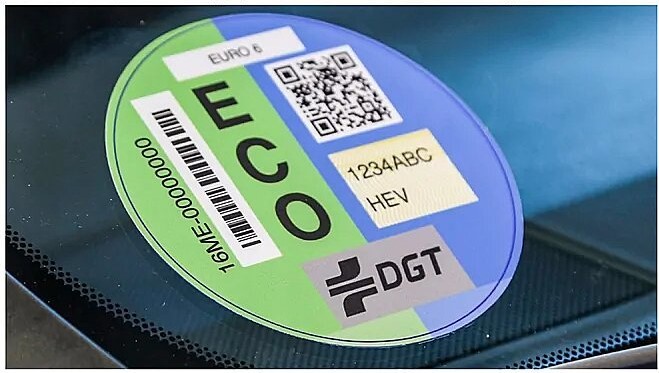
The new sign informs the entrance of each LEZ prohibiting motor vehicles, except those that have one of the environmental labels that appear at the bottom of the low emission zone sign.
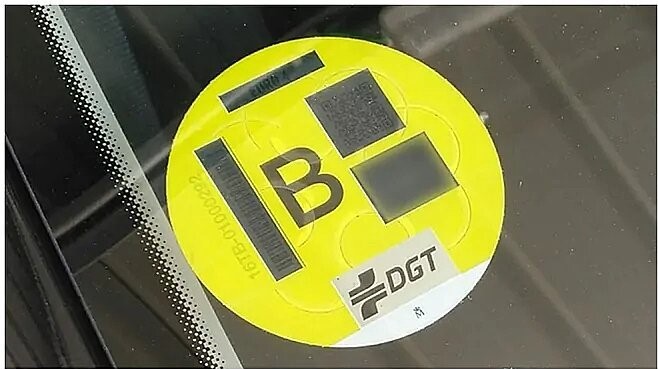
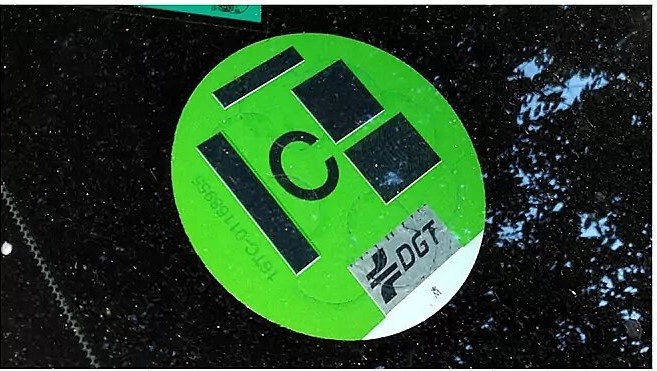
The classification by labels of the DGT
When establishing an environmental classification, the DGT has resorted to the European anti-pollution regulations that manufacturers have had to face in recent years or to the technologies that move vehicles. In summary, the classification of the DGT has been as follows:
Without Sticker
All those gasoline prior to the year 2001 or that do not comply with Euro III. All diesel before 2006 or that do not comply with Euro IV.
Sticker B
All gasoline registered after January 1, 2001 or that comply with Euro III. All diesels registered as of January 1, 2006 or that comply with Euro IV and Euro V.
Sticker C
All gasoline registered after January 1, 2006 or that comply with Euro IV, Euro V or Euro VI. All diesels registered after September 1, 2015 or that comply with Euro VI.
ECO Sticker
All hybrid or plug-in hybrid vehicles with an electric range of less than 40 kilometers. All vehicles powered by natural gas, compressed natural gas (CNG) or liquefied petroleum gas (LPG) and that, in addition, meet the requirements of the C label.
Zero '0' Emissions Sticker
All electrified vehicles with an electric range of more than 40 kilometres, whether they are pure electric, plug-in hybrids or extended range electric vehicles. All vehicles powered by hydrogen or fuel cell.
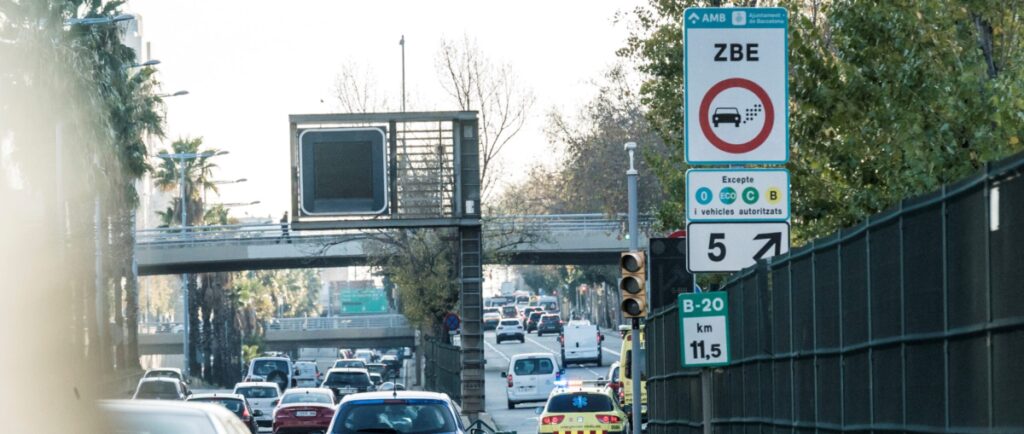
What advantages do I have and what restrictions do I face?
2022 will be key when creating the mobility of the future in the 148 Spanish municipalities with more than 50,000 inhabitants.
The Government has given municipalities a wide berth so that they are the ones to establish the Low Emission Zones they deem appropriate, but always with the aim of reducing emissions. Until now, these measures have gone through putting obstacles to the circulation of the most polluting vehicles.
Currently, in Madrid.
Vehicles without a label cannot circulate inside the M-30, unless they are residents. And in the future plans, it is proposed that, gradually, all cars without an environmental label have been expelled from the municipality, since they will not be able to circulate through it, even if their owners are residents of the city, from 2025.
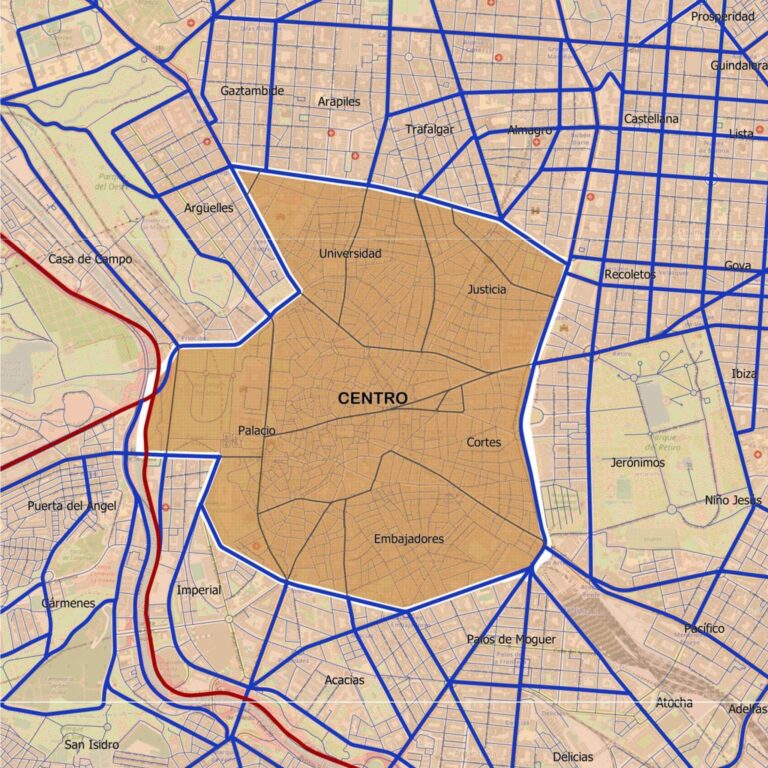
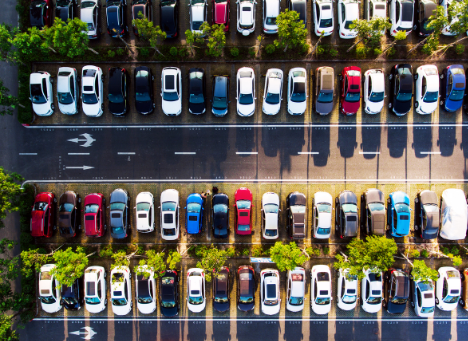
In addition.
Vehicles with label C or B that want to enter the Central District (formerly Madrid Central) have to park in a car park. ECO and Zero emission vehicles can move freely inside this space, but only those classified as Zero emissions can park on the street for more than two hours.
BOTH the ECO and the Zero emissions have economic advantages when parking in a regulated parking space. In case of non-compliance with these rules, the fine is 90 euros for each time the delimited area is accessed irregularly.

